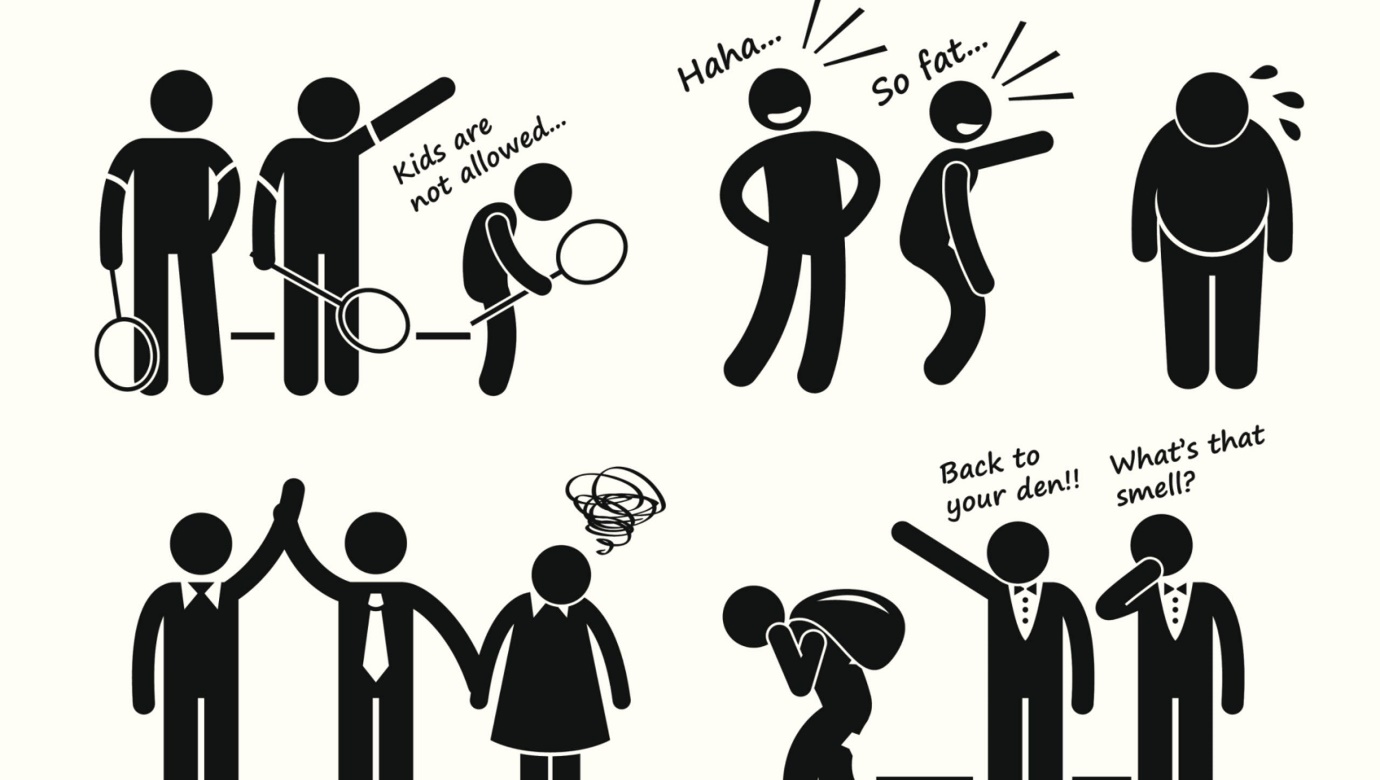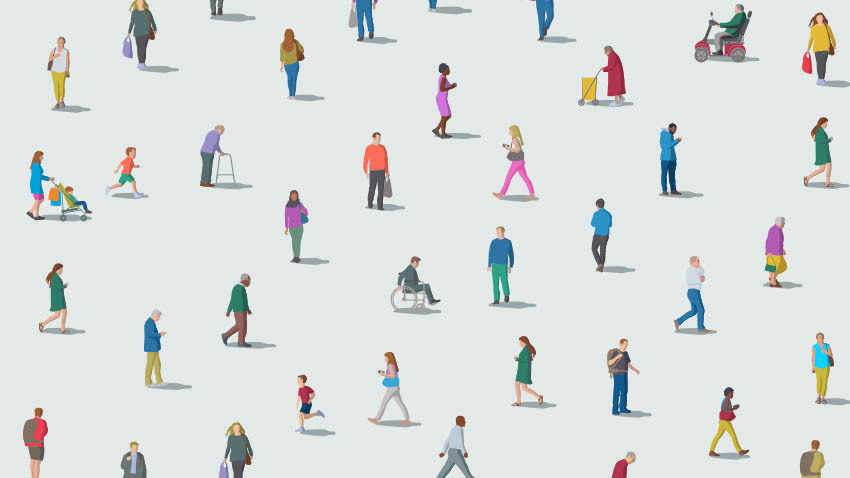Discrimination
Discrimination is when someone is treated unfairly or differently because of who they are, due to their beliefs or because they have certain characteristics.
Also, refer to the Equality Act 2015.
Types of discrimination
It is against the law to discriminate against anyone because of the following:
- age
- sex
- gender reassignment
- sexual orientation
- disability
- race including colour, nationality, ethnic or national origin
- religion
- being pregnant or on maternity leave
- being married or in a civil partnership
You should be protected from discrimination in the following instances:
- at work
- in education
- as a consumer
- when using public services
- when buying or renting a property
- as a member or guest of a private club/association
Forms of discrimination

You can be discriminated against in a number of forms.
Direct discrimination is when someone treats another person with a protected characteristic less favourably than others. For example, if you have the right qualifications for a job role, but you are turned down because you are ‘too young’ or ‘too old’.
Indirect discrimination is when a rule, policy or arrangements in place that, while applying to everyone, put someone with a protected characteristic at an unfair disadvantage. Indirect discrimination is more difficult to identify than direct discrimination, as to the majority it looks normal.
Harassment is any unwanted behaviour that makes another person feel intimidated, offended or humiliated. This may be in the form of jokes, abuse, physical gestures, verbal or non-verbal words or offensive emails and expressions. If it violates a person’s dignity or creates an uncomfortable, offensive environment for them, it is harassment.
If you’re being harassed online, it is cyberbullying. The Cyber Crime Unit, Malta Police Force can be contacted by telephone on (+356) 2294 2231 or on e-mail address [email protected]

Victimisation is when someone is treated poorly as a result of them complaining or reporting a discrimination offence or harassment. This also includes a person being victimised because they supported another victim of discrimination.
Discrimination can also come in the form of association and perception. By association is when a person is treated unfairly because they know, or are associated with someone with a protected characteristic. For example, being refused entry to a bar or restaurant because their friend is of a particular race or religion.
By perception, any unfair treatment is put on a person because someone thinks they belong to a particular group with protected characteristics. For example, when someone of a particular race is denied a product or opportunity as a result of misconception on their behaviour, appearance etc.